Mehdi Sadeqi
Prediction of Workplace Injuries
Jun 05, 2019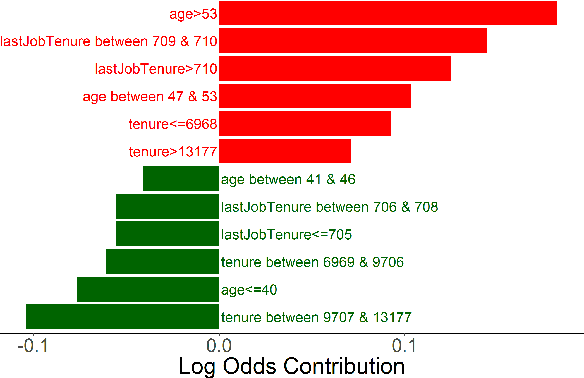
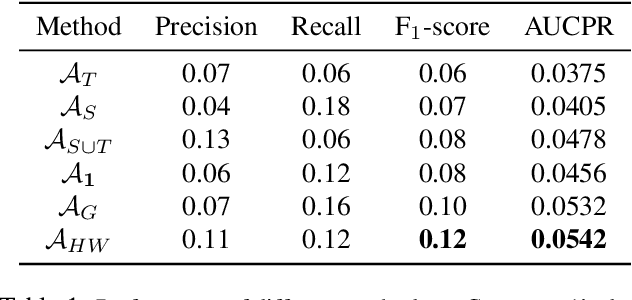
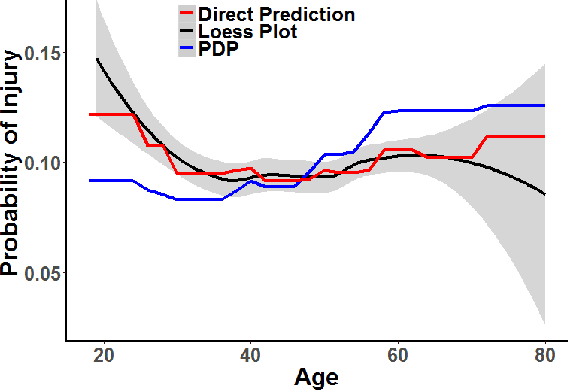
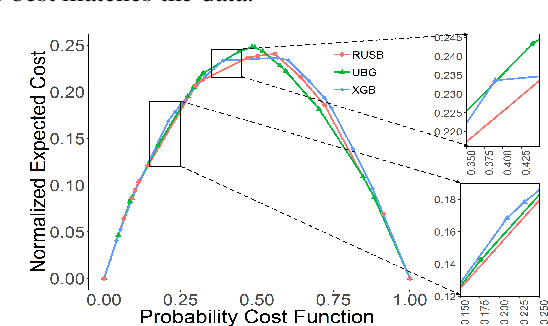
Abstract:Workplace injuries result in substantial human and financial losses. As reported by the International Labour Organization (ILO), there are more than 374 million work-related injuries reported every year. In this study, we investigate the problem of injury risk prediction and prevention in a work environment. While injuries represent a significant number across all organizations, they are rare events within a single organization. Hence, collecting a sufficiently large dataset from a single organization is extremely difficult. In addition, the collected datasets are often highly imbalanced which increases the problem difficulty. Finally, risk predictions need to provide additional context for injuries to be prevented. We propose and evaluate the following for a complete solution: 1) several ensemble-based resampling methods to address the class imbalance issues, 2) a novel transfer learning approach to transfer the knowledge across organizations, and 3) various techniques to uncover the association and causal effect of different variables on injury risk, while controlling for relevant confounding factors.
An Empirical Study of the Effects of Spurious Transitions on Abstraction-based Heuristics
Nov 14, 2017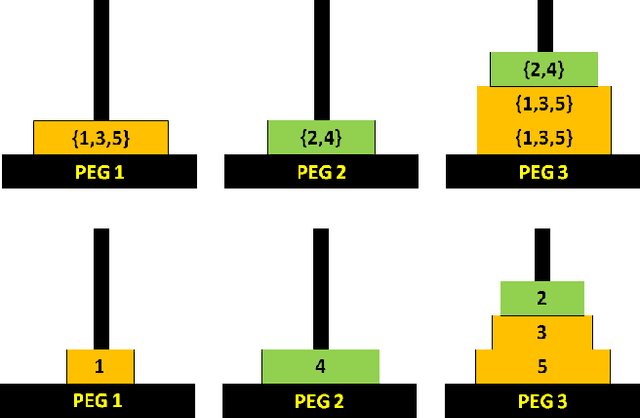
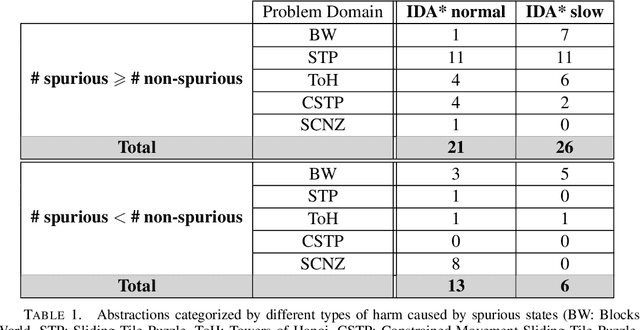
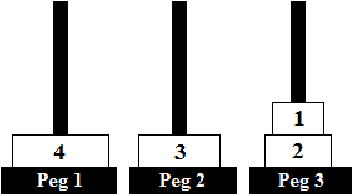

Abstract:The efficient solution of state space search problems is often attempted by guiding search algorithms with heuristics (estimates of the distance from any state to the goal). A popular way for creating heuristic functions is by using an abstract version of the state space. However, the quality of abstraction-based heuristic functions, and thus the speed of search, can suffer from spurious transitions, i.e., state transitions in the abstract state space for which no corresponding transitions in the reachable component of the original state space exist. Our first contribution is a quantitative study demonstrating that the harmful effects of spurious transitions on heuristic functions can be substantial, in terms of both the increase in the number of abstract states and the decrease in the heuristic values, which may slow down search. Our second contribution is an empirical study on the benefits of removing a certain kind of spurious transition, namely those that involve states with a pair of mutually exclusive (mutex) variablevalue assignments. In the context of state space planning, a mutex pair is a pair of variable-value assignments that does not occur in any reachable state. Detecting mutex pairs is a problem that has been addressed frequently in the planning literature. Our study shows that there are cases in which mutex detection helps to eliminate harmful spurious transitions to a large extent and thus to speed up search substantially.
 Add to Chrome
Add to Chrome Add to Firefox
Add to Firefox Add to Edge
Add to Edge